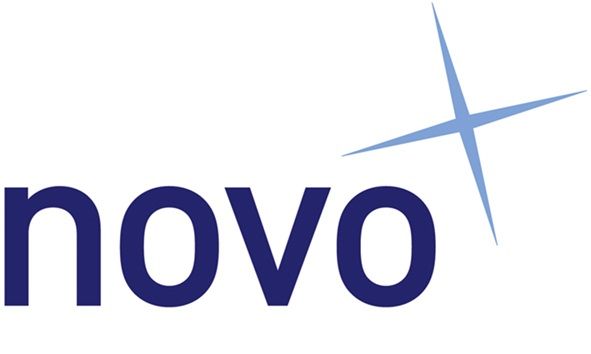Rethinking Support for an Ageing Workforce

HR Magazine recently brought attention to a topic that deserves far more boardroom focus: the growing number of older employees in our workforce and the notable lack of support many of them feel.
One statistic stood out: 27% of employees over the age of 55 say they don’t feel supported in continuing working. Crucially, this isn’t about declining ambition or ability. It’s about a missing focus on age inclusion at the organisational level. Demographic change is underway, but in many businesses, policy and culture haven’t caught up.
What the Data Tells Us
The Bupa Wellbeing Index offers a sharper picture. It shows not only that older employees often feel overlooked, but that work itself plays a powerful role in sustaining a longer, healthier life.
- Nearly half of those who have already retired or are considering it, say they would gladly keep working if the right conditions were in place.
- Around 20% would even be open to full-time hours again.
- Those who have returned report clear benefits:
- One in three feels more socially connected
- Over a quarter of a report improved mental wellbeing
- Many have noticed better physical health
These aren’t stories of people clinging to work out of necessity. They reflect something far more hopeful: a desire to contribute, to connect, and to keep growing.
So the question is: Are organisations doing enough to meet that desire?
Why This Needs Attention Now
Workforces are ageing, and fast. Yet many HR and talent policies are still built around outdated assumptions. Particularly the idea that most people stop working at 60 or 65 and rarely return.
But that narrative no longer fits.
- Life expectancy in the UK is rising steadily.
- The proportion of employees over 55 is projected to grow significantly over the next decade.
- Research by 55/Redefined found that nearly one-third of retirees over 50 felt pressured to leave work before they were ready.
- 25% would retrain or upskill if a clear, accessible path back to work existed.
For any organisation that values experience, leadership maturity, and loyalty, this is a moment for reflection. The capability is there. So is the will. What’s often missing is a structured approach to help older employees feel genuinely recognised, supported, and included.
If you’re revisiting your approach to talent strategy, our executive search insights offer further guidance on building inclusive leadership pipelines.
Practical Steps Employers Can Take
Becoming more age-inclusive doesn’t require wholesale change. It starts with thoughtful attention to the team you already have, and a commitment to making small, meaningful adjustments that create lasting impact.
- Know your workforce
Build a clear, data-informed view of your age demographics across departments. Effective planning starts with accurate insight. - Revisit recruitment and development
Ensure job descriptions welcome applicants of all ages. Keep learning opportunities open – mentoring, training, and career pathways shouldn’t end with age. - Normalise flexibility
Options like part-time roles, phased retirement, or adjusted hours can make all the difference. These aren’t perks, they’re enablers of longer, healthier careers. - Encourage mixed-age projects: design teams and initiatives that bring different generations together so knowledge and ideas flow in both directions. Create an environment where employees of all ages feel encouraged to have open discussions, challenge assumptions and share experiences.
- Lead by example
When senior leaders openly acknowledge the value older employees bring and challenge outdated stereotypes, those attitudes filter quickly through an organisation.
Building a Culture of Age Inclusion
Policy documents matter, but daily practices shape culture. The real test of age inclusiveness is whether people feel valued, visible, and able to thrive at every stage of their career.
Here’s how to bring that to life:
- Understand your age profile: Let data guide your inclusion strategy.
- Keep development continuous: No one should “age out” of learning.
- Embed flexibility: Let work adapt to life, not the other way around.
- Design mixed-age teams: Foster collaboration across generations.
- Tackle bias in real time: Don’t let assumptions go unchallenged.
Looking to evolve your internal leadership culture? Discover Novo’s leadership development perspective
Final Thought
Creating an age-inclusive workplace isn’t just the right thing to do, it’s a strategic advantage. Businesses that embrace this shift are more resilient, more experienced, and better prepared for the future of work.
At Novo Executive Search, we believe real progress comes when companies move beyond policy and into practice. That means building environments where employees of all ages feel supported, not just to stay, but to continue contributing at their best.












